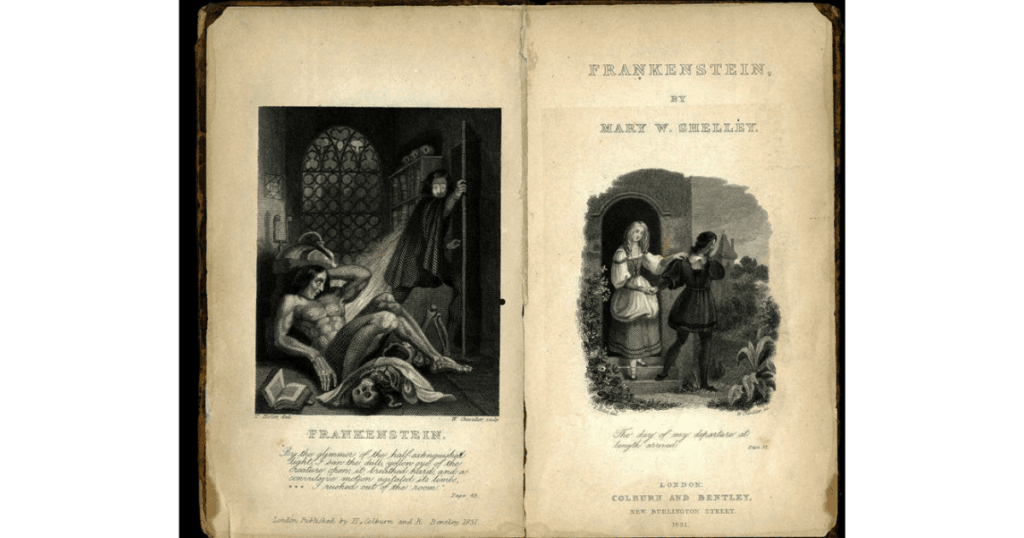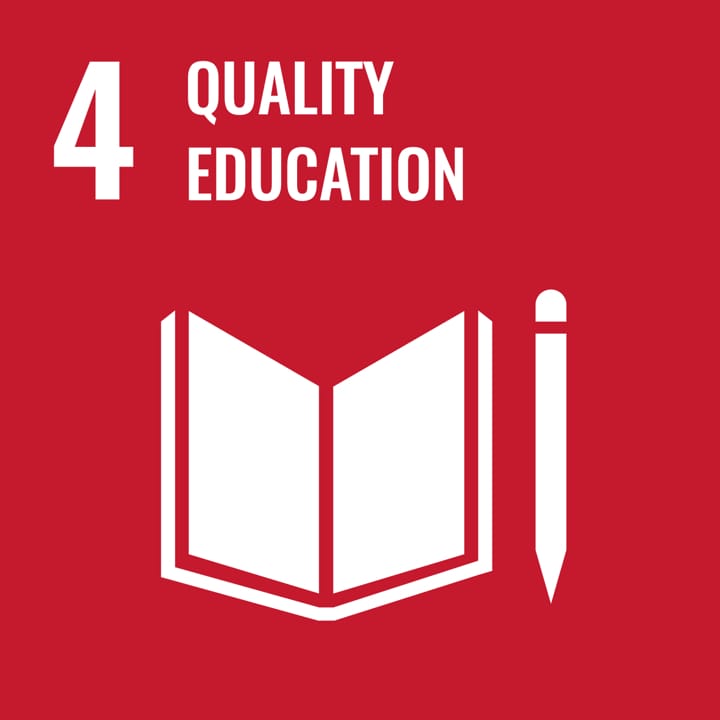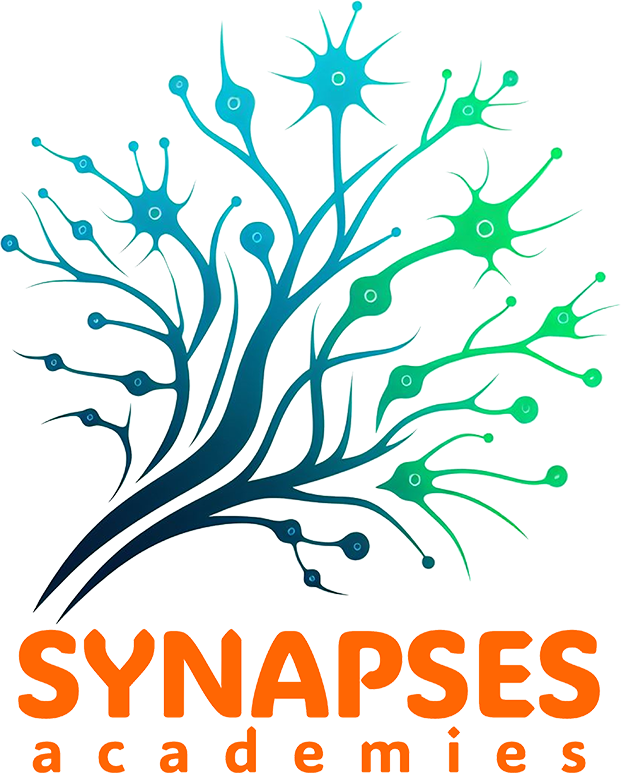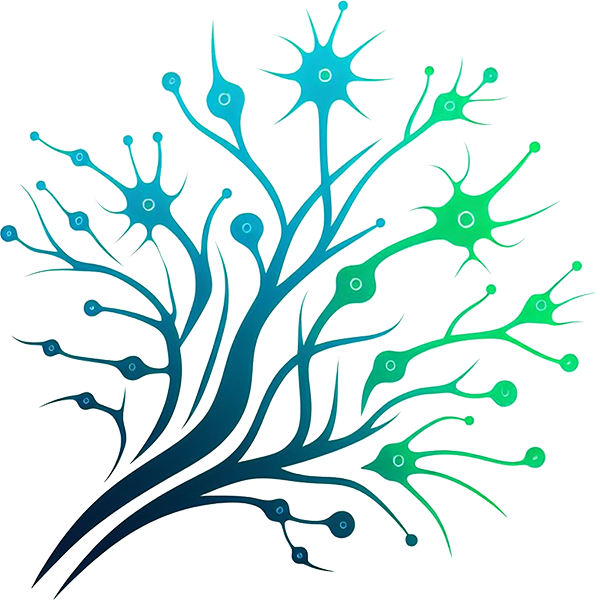
Beoogde eindgebruiker: Leraar
Leeftijdsgroep: Hoger secundair onderwijs
Schoolcurriculum: Wetenschap; Maatschappijleer, Lichamelijke Opvoeding en Gezondheidsleer; Maatschappijleer en Milieukunde
Thema's en onderwerpen: Collectieve actie; Macht en invloed; Informatie en kennis; Burgerschap
Duur: 3 x 2 uur durende lessen
Type bron: Lesplannen, Presentatie, Online cursus, Workshop
Trefwoorden: Wetenschappelijke verantwoordelijkheid, biomedische ethiek, klonen van mensen, culturele mythes, misbruik van kennis
Talen: Engels
Beschrijving
Op een donkere en stormachtige nacht in 1816 begon Mary Shelley met het schrijven van een verhaal dat diepgaande vragen opriep over individuele en maatschappelijke verantwoordelijkheid voor andere mensen. Sinds die tijd is 'Frankenstein; of, De moderne Prometheus'. is een van de meest duurzame mythen van de westerse wereld geworden. Het verhaal biedt een kader voor discussies over medische vooruitgang, die ons traditionele begrip van wat het betekent om mens te zijn op de proef stelt.
De module 'Naar aanleiding van Frankenstein: Mary Shelley, het monster en de medische wetenschap' module is verdeeld in drie lessen van twee uur die thematische en temporele kenmerken van Mary Shelley's creatie en haar voortbestaan verkennen. Elke les bevat een korte inleiding, een lijst met lezingen, visuele bronnen en discussievragen. Deze module onderzoekt het wetenschappelijke en medische milieu dat Mary Shelley's creatie van een jonge natuurstudent en zijn monster vormgaf, en de manieren waarop deze creatie blijft doorwerken in hedendaagse reacties op biomedische innovaties.
De lezingen zijn gekozen met als belangrijkste doel studenten te helpen een gevoel te krijgen voor hoe ontwikkelingen in de geneeskunde vragen opriepen over de aard van leven en dood, reanimatie en vernieuwing van het lichaam. Dit engagement met het verleden is bedoeld om studenten achtergrond te bieden en hen een basis te geven om na te denken over de manieren waarop hedendaagse burgers reageren op ontwikkelingen in de biomedische wetenschappen, in het bijzonder rond het begin en het einde van het leven.
Hoe gebruik je deze bron
Deze module biedt een gestructureerde aanpak voor docenten om de ethische, wetenschappelijke en literaire betekenis van Frankenstein in een klaslokaal. Het is ontworpen als drie sessies van twee uur en bevat lezingen, visuele bronnen en discussiepunten om de betrokkenheid van leerlingen te bevorderen. Docenten kunnen deze bron gebruiken om historische wetenschappelijke debatten te verbinden met moderne biomedische ontwikkelingen, waardoor leerlingen worden aangemoedigd om ethische dilemma's rondom leven, dood en menselijke verantwoordelijkheid kritisch te onderzoeken. Door literatuur en wetenschap te integreren, bevordert deze module interdisciplinair leren en helpt leerlingen analytische en reflectieve denkvaardigheden te ontwikkelen terwijl ze nadenken over hoe wetenschappelijke ontdekkingen uit het verleden vorm blijven geven aan hedendaagse discussies over medische ethiek.
De middelen
Link naar de bron::
En de inleidende online tentoonstelling is hier te vinden:
Leerresultaten
- Eliciteren van voorkennis en verder ontwikkelen van kennis en begrip van de belangrijkste concepten van Duurzaam Burgerschap, waarbij gevestigde wereldbeelden en waarden in twijfel worden getrokken.
- een reeks geschikte hulpmiddelen en kaders toepassen om duurzaam burgerschap bij studenten te bevorderen
- Reflecteren op de praktijk en nationale curricula onderzoeken om mogelijkheden te identificeren om Duurzaamheidsburgerschap op interdisciplinaire manieren te bevorderen en samen te werken met externe belanghebbenden.
- Samen de kennis, hulpmiddelen en kaders synthetiseren om onderwijsmateriaal en lesplannen te maken die zijn aangepast aan hun eigen lokale context.
- Beoordelingscriteria ontwikkelen en toepassen om Duurzaamheidsburgerschap bij studenten te evalueren.
- Door middel van workshopactiviteiten en praktijkgemeenschappen capaciteit en agency opbouwen als docenten en leiders op het gebied van duurzaam burgerschap.
Groene competenties
- Complexiteit omarmen in duurzaamheid: Kritisch denken; probleemopstelling
- Duurzame toekomstvisies: Toekomstgerichtheid; Aanpassingsvermogen; Onderzoekend denken
Creative Commons

https://www.nlm.nih.gov/exhibition/frankenstein/education/index.html
https://www.nlm.nih.gov/hmd/copyright/index.html
Kredietlijn
Als u materiaal uit Historische collecties gebruikt voor publicatie of productie, vermeld dan de zin: "Met dank aan de National Library of Medicine".
SDG's


